Ambassador Hoang Anh Tuan, former Director of the Institute for Strategic Studies, Diplomatic Academy, commented that US-China competition under the Trump 2.0 Administration will continue to escalate and reshape the global landscape, however, China has grown strong and is not easily "bullied".
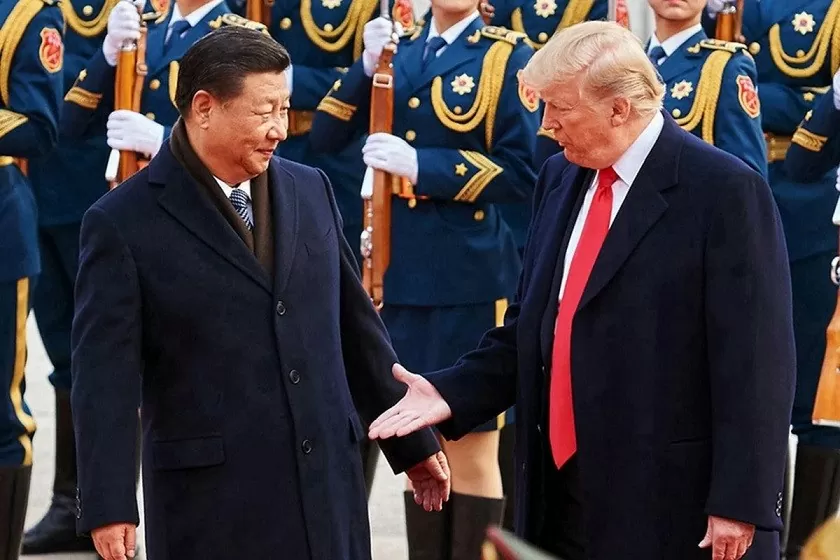 |
| The Trump 2.0 administration is likely to continue to increase measures to contain China's rise. (Source: SCMP) |
For the Asia- Pacific region, in the context of tensions in other regions that have not yet cooled down, what scenarios will the Trump 2.0 administration face? How will this region be affected by the new administration's policies?
The Asia- Pacific region will continue to be the focus of the Trump 2.0 administration’s foreign policy strategy, especially as US-China competition intensifies and geopolitical hotspots increase pressure. The Trump 2.0 administration may face three main scenarios with important implications for the regional power structure.
Scenario 1: Escalating strategic competition with China.
China is seen as the biggest strategic challenge to the US in the Asia-Pacific region. The Trump 2.0 administration is likely to continue to increase measures to contain China's rise, including technology embargoes, increased tariffs, and restrictions on investment in Beijing's strategic sectors.
In addition, the US will increase its military presence in the South China Sea and the Taiwan Strait, through freedom of navigation patrols or joint exercises with allies. These decisions are aimed at weakening China's economic, technological and military position, while sending a clear message of deterrence.
Scenario two: Reshape relations with allies.
The Trump 2.0 administration will continue to press key allies like Japan, South Korea, and Australia to increase their defense spending and contribute more to regional security. This will both reduce the financial burden on the United States and strengthen the defense capabilities of its allies.
However, this approach can cause tension in bilateral relations when allies feel pressured by excessive, even unreasonable, US demands.
At the same time, the Trump 2.0 Administration will also strengthen strategic cooperation with these countries, especially in dealing with challenges from China.
Scenario three: Tensions escalate at regional hotspots.
The South China Sea, the Taiwan Strait, and the Korean Peninsula will remain areas of uncertainty. The United States can continue to increase pressure on North Korea through economic sanctions or diplomatic isolation, while leaving the door open to negotiations if Pyongyang changes its stance.
In the South China Sea, the US is likely to expand and strengthen cooperation with countries that have disputes with China to prevent militarization of the South China Sea. Regarding the Taiwan Strait, increasing arms sales and upgrading diplomatic relations with Taiwan (China) could increase tensions with China, pushing the region into a dangerous confrontation.
These scenarios could have a number of impacts on the region. Specifically:
For allies
US allies in the region, especially Japan, South Korea and Australia, will have to adjust their strategies to adapt to the new competitive environment. The Trump 2.0 administration’s demands for increased financial contributions and defense autonomy will force these countries to increase defense spending and consider more carefully their relations with Washington to avoid being drawn too deeply into a confrontation with China.
For ASEAN
ASEAN countries will face increasing pressure to balance between the United States and China. US policy may bring economic and security opportunities, but it also poses great risks if regional tensions escalate. ASEAN will continue to maintain neutrality while promoting greater intra-regional cooperation to protect common interests and avoid being caught in the middle of the great power competition between the two superpowers.
For China
US measures to contain China will not be easy to achieve quick results, because Beijing is well prepared to deal with pressure from Washington. China can strengthen relations with other partners such as Russia and the BRICS group, and use economic and military power to maintain its position in the region.
In that context, US-China competition will continue to dominate the regional power structure and pose great challenges for both sides.
In general, the Trump 2.0 administration, with its ambition to reshape the Asia-Pacific regional order in a direction favorable to the US, promotes priorities such as containing China, strengthening alliances, and increasing military presence.
However, this is only the intention and desire of the US side. Internal constraints, such as budget pressures, domestic disagreements and the adaptability of partner countries, will pose great challenges for Washington.
Moreover, China, with its growing power, will certainly not stand idly by and watch the US impose its influence in the region. Therefore, the US-China confrontation in the Asia-Pacific will continue to be a long-term and unpredictable game, requiring ingenuity from countries in the region to maintain stability and strategic balance.
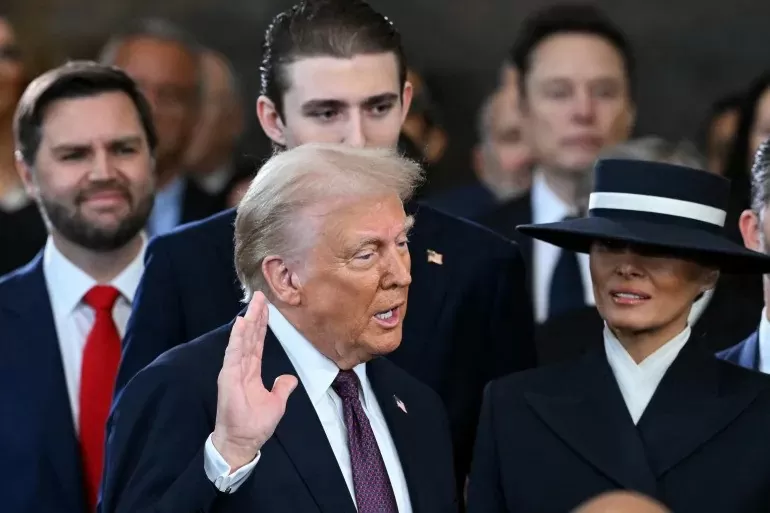 |
| Mr. Donald Trump at the inauguration ceremony for his second term as President at the Capitol on January 20. (Source: Reuters) |
Is US-China competition likely to escalate during Trump’s next term, Ambassador? What new variables will this great power competition have under the Trump 2.0 administration, and how will it impact the global landscape?
US-China competition under Trump 2.0 will not only escalate but also expand and deepen across many areas, from economics, technology to geopolitics.
The competitive dynamic is not simply driven by national interests but also reflects an ideological confrontation between two powers, where the US seeks to protect its influence and role as a great power while China attempts to reshape the global order in its favor.
Tariffs and economic pressures
The Trump administration is expected to impose a 60% tariff on Chinese exports to the US, hitting the industrial and high-tech sectors hard. China, with a heavily trade-dependent economy and an export surplus of over $1 trillion in 2024, will suffer severe short-term losses.
However, China is no longer as vulnerable as it was during Trump 1.0. It has expanded domestic consumption, diversified its markets, and strengthened its ties with non-Western countries to reduce its dependence on the US.
Still, the tariff challenge will put a huge strain on China’s economy, which is already slowing and has yet to fully recover from Covid-19. Tariff increases will also hurt American businesses and consumers, but the Trump administration may see them as a necessary price to pay to force American companies to move their supply chains out of China and toward markets like India and Southeast Asia.
Fierce technology competition
Technology will be the fiercest battleground in the US-China confrontation. Mr. Trump is expected to expand the ban on high-tech exports to China, targeting strategic industries such as artificial intelligence, semiconductors, and 5G networks. Meanwhile, China is pushing the "Made in China 2025" program, investing heavily in core technology areas to become self-sufficient and reduce dependence on the US.
Technological competition is not only shaping bilateral relations but also polarizing the world, forcing other countries to choose between the US and Chinese tech ecosystems. This will be a long-term battle, where the US has a short-term advantage but China is also constantly increasing its capabilities.
Geopolitics: Tensions Spread Globally
US-China competition under Trump 2.0 will not be limited to the Indo-Pacific region but will expand to the global scope.
In the Asian region, the US will continue to increase its military presence in the South China Sea, supporting allies such as Japan, South Korea, and Australia to counter China’s expansion of influence in all aspects. The South China Sea is likely to become the center of strategic competition, even conflict, as one side increases its militarization activities and the other responds with freedom of navigation exercises.
In Africa and Latin America, the US and China will compete for influence through investment and aid projects. China has a big advantage through its “Belt and Road” initiative, but the US, with the return of Mr. Trump, will try to reassert its influence through bilateral cooperation programs and military links.
In Europe, the US could increase pressure on NATO allies to take a more aggressive stance against China in technology and trade. However, Europe, given its dependence on the Chinese market, will struggle to take a unified stance.
Internal variables and limitations
The rivalry between the US and China will depend on several key variables. First , US allies such as Japan, South Korea and some Southeast Asian countries will face pressure from both sides, forcing them to carefully consider how to balance their economic interests with China and their security commitments to the US.
Second , both the United States and China face domestic challenges. The United States continues to be weighed down by political divisions and economic problems such as inflation and debt. China, while better prepared, faces slowing growth, dwindling resources, and a declining population.
In short, US-China competition under Trump 2.0 will continue to escalate and reshape the global landscape. Although the US has advantages in technology and military power, China has grown stronger and is not easily “bullied”.
The international order in the coming time will no longer be a one-sided game but will become a multipolar battlefield, where both powers have to face their own internal limitations and challenges.
For Vietnam, in 2025, the two countries will celebrate the 30th anniversary of normalized diplomatic relations. What are your expectations for Vietnam-US relations under the Trump 2.0 Administration, especially in the context of increasing emphasis on economic and strategic cooperation?
The Vietnam-US relationship over the past three decades has been a special journey, from the normalization of diplomatic relations in 1995 to the present, with remarkable progress in economic, educational, diplomatic, security cooperation to people-to-people exchanges. During the Trump 1.0 period, the relationship between the two countries was not only strengthened but also reached new heights, demonstrated through high-level exchanges and increased bilateral trade cooperation.
General Secretary To Lam and President Donald Trump, in phone calls before and after Trump’s re-election, both expressed their desire to further deepen bilateral relations. Both leaders invited each other to pay official visits at an appropriate time, and if a high-level visit takes place in the year marking the 30th anniversary of diplomatic relations, it will be an important milestone, not only to affirm the commitments of both sides but also to shape the future of bilateral relations.
In the context of the global economy facing many fluctuations, Vietnam and the US have common interests, especially in restructuring the supply chain. The US, with the goal of reducing its dependence on China, continues to consider Southeast Asian countries, including Vietnam, as an important strategic partner in the region. The increase in Vietnamese goods exports to the US, as well as the investment flow of US businesses into Vietnam, will contribute to further tightening bilateral economic relations.
In terms of strategic security, both countries share an interest in maintaining peace, stability, and freedom of navigation in the Indo-Pacific region. The United States has and will continue to consider Vietnam an important partner in its regional strategy. Cooperation in areas such as information sharing, maritime capacity building, and dealing with non-traditional security challenges such as climate change and natural disasters all have strong potential for development.
In 2025, when the two countries celebrate the 30th anniversary of normalization of relations, this is not only an opportunity to look back on past achievements but also an important moment to shape the future. Promoting high-level visits and new cooperation initiatives will create momentum for the bilateral relationship to continue to develop sustainably, contributing to peace, stability and common prosperity in the region.
Although there are still some differences in views and political systems, Vietnam and the United States have demonstrated that through open, frank and mutually respectful dialogue, barriers can be removed. With efforts from both sides, I believe that the Vietnam-US relationship will continue to advance in the coming time, affirming the important roles of the two countries in the region and on the international arena.
Thank you very much Ambassador!
Source: https://baoquocte.vn/du-bao-chinh-sach-cua-tong-thong-trump-ky-cuoi-tam-diem-chau-a-thai-binh-duong-va-bien-so-canh-tranh-my-trung-301590.html


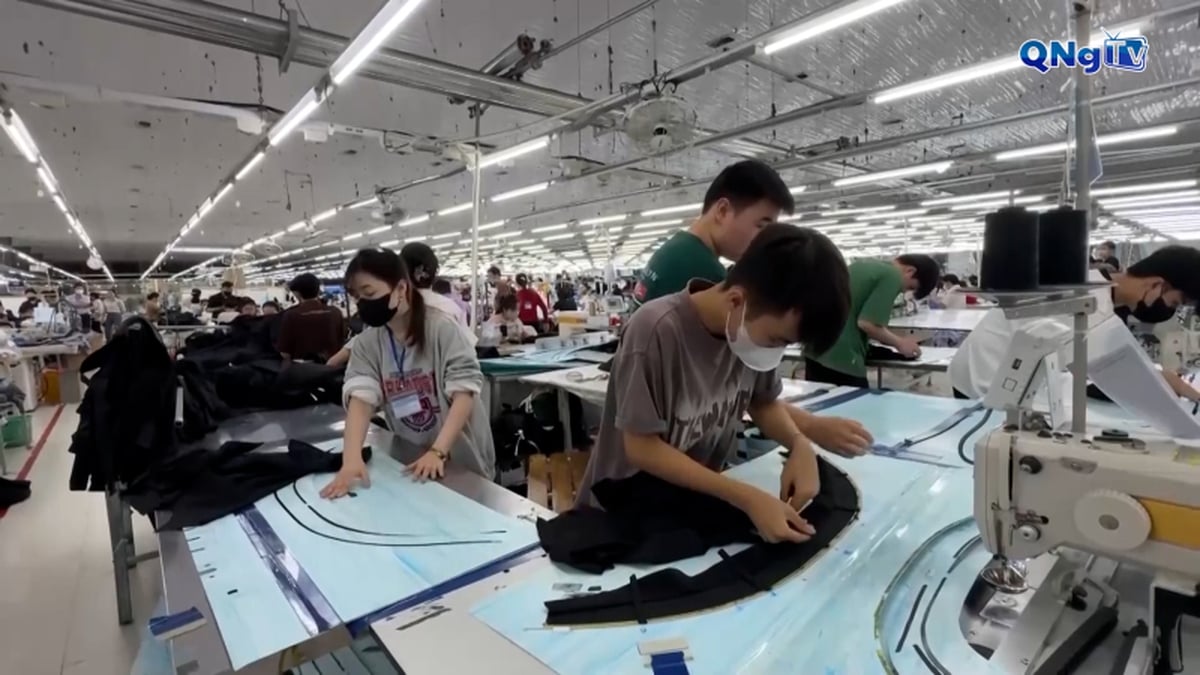

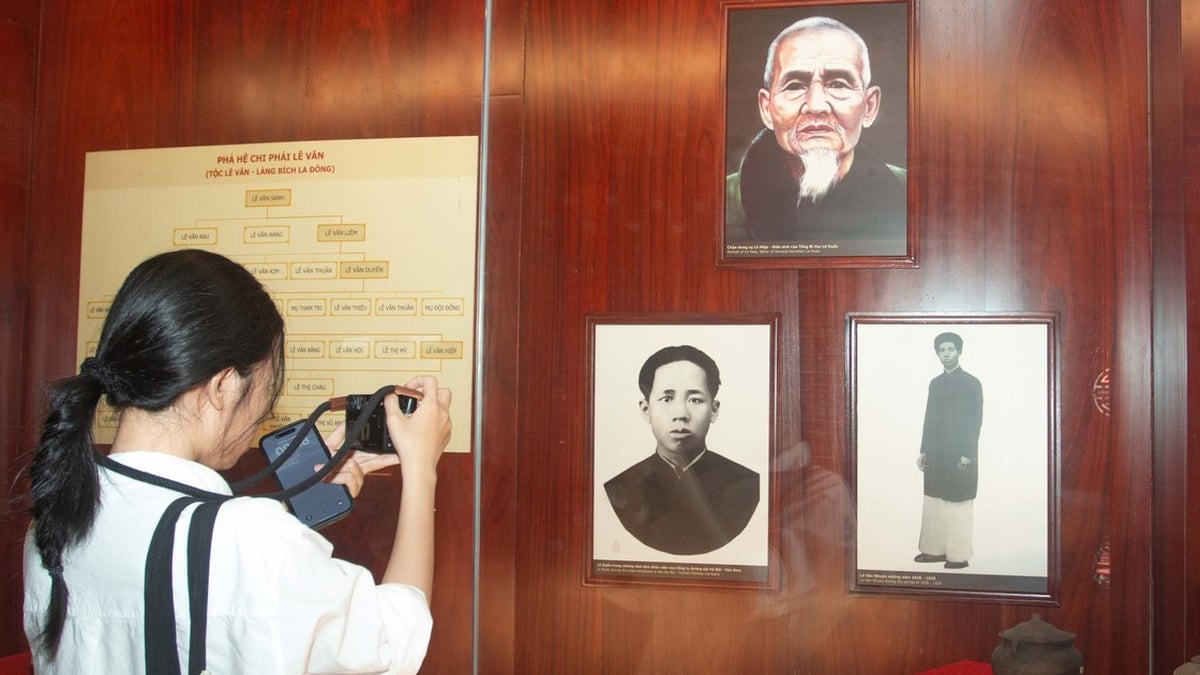
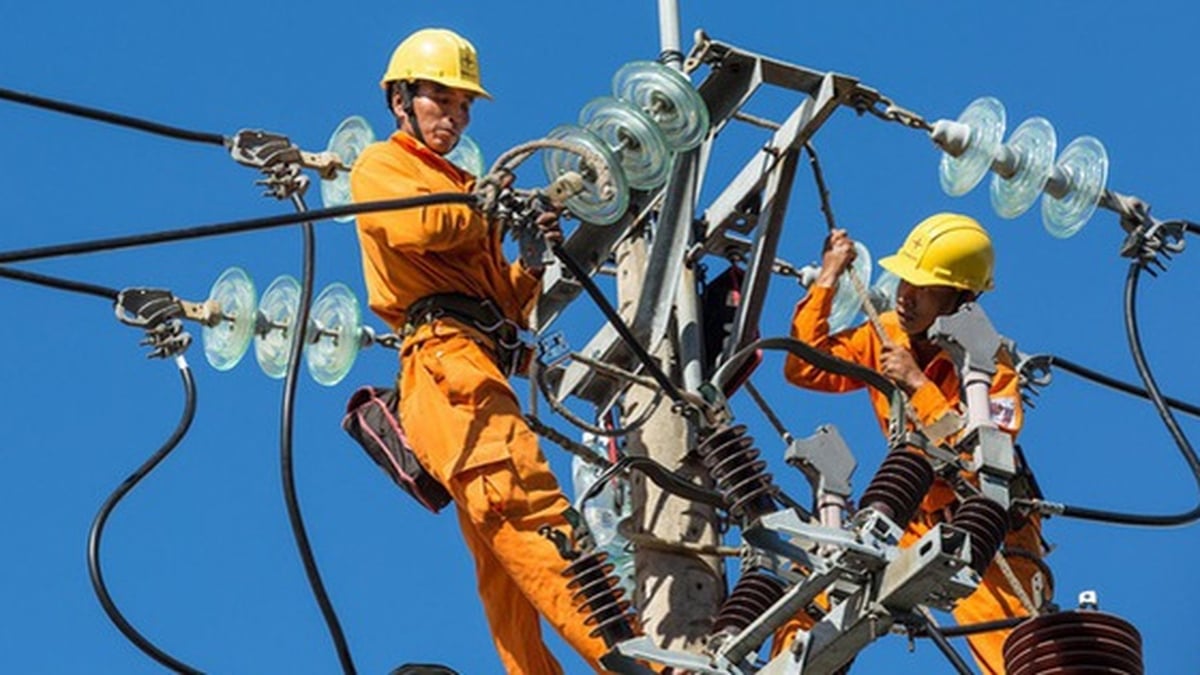

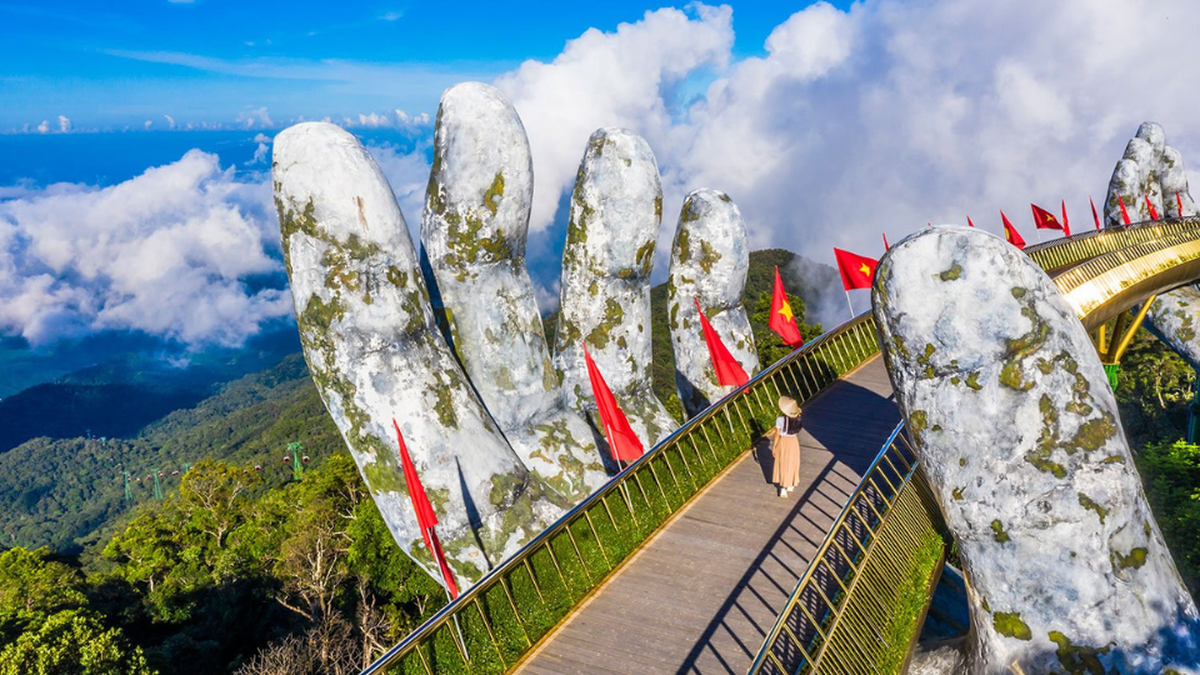



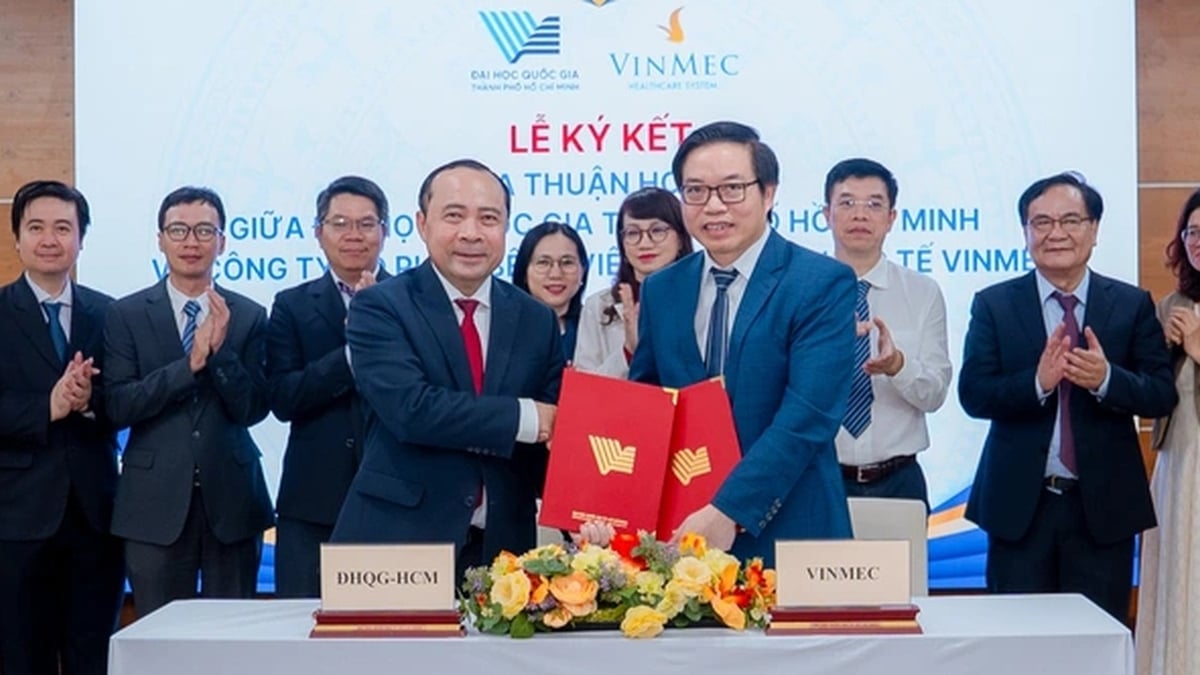












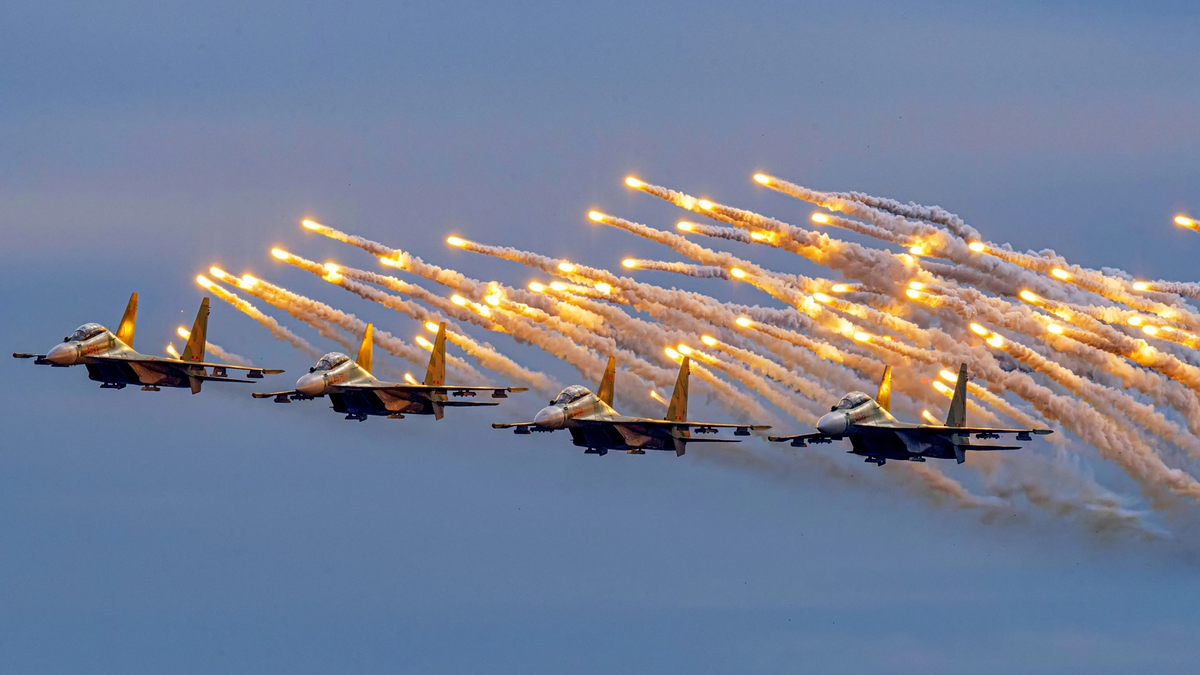



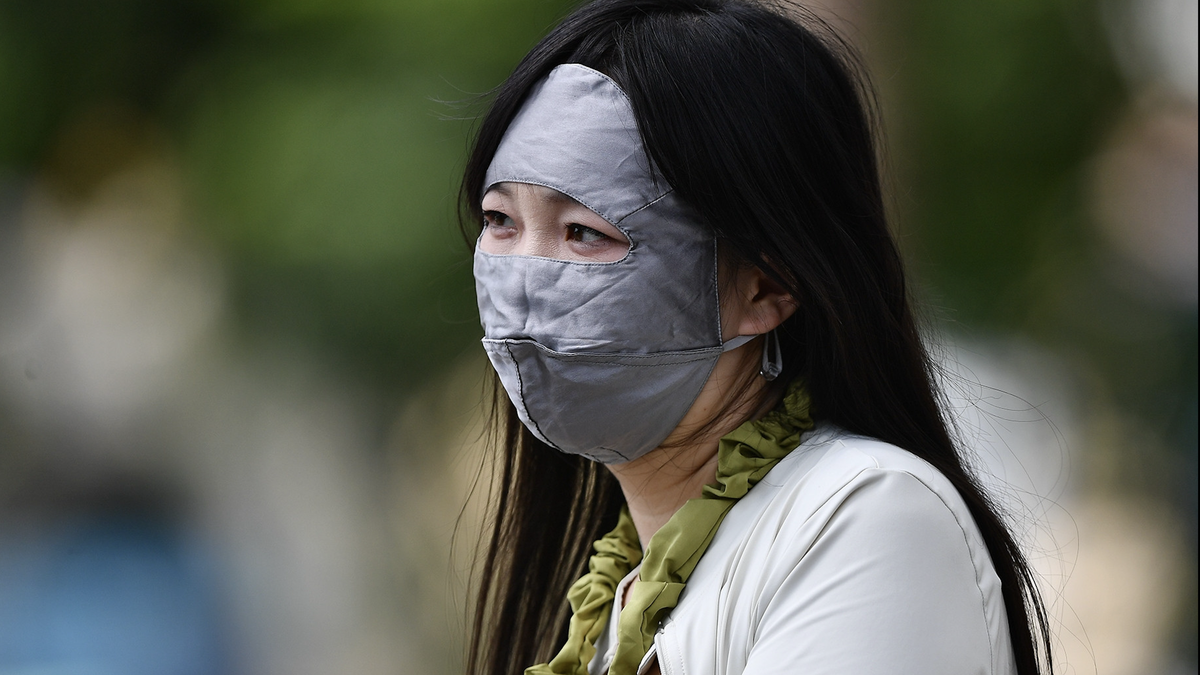



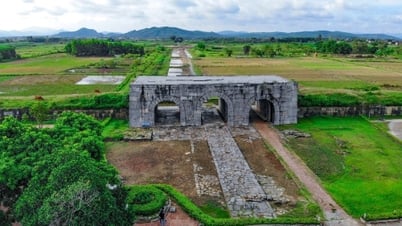









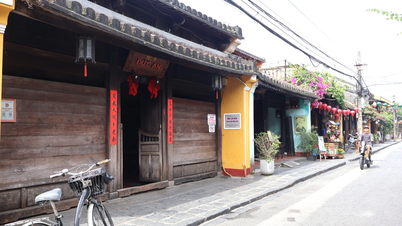



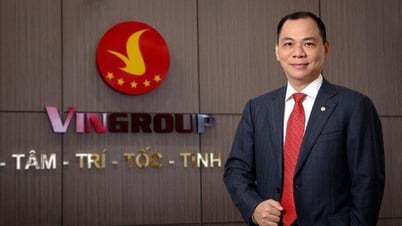









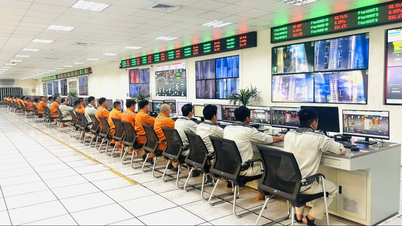



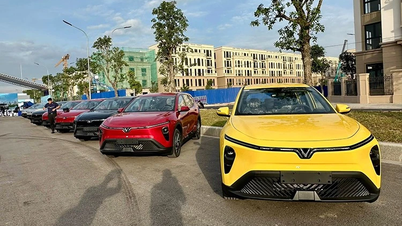




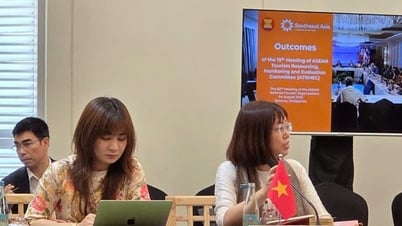

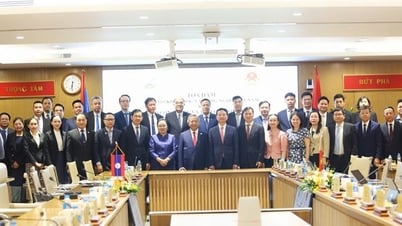




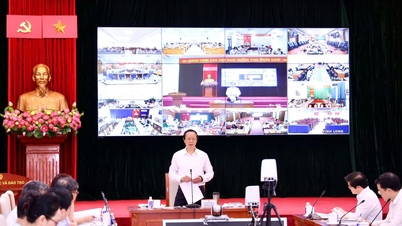

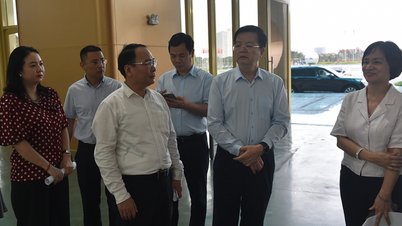
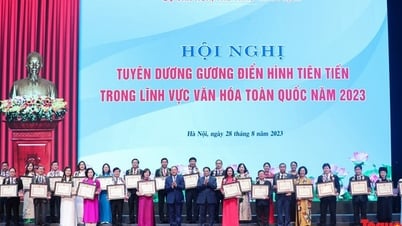

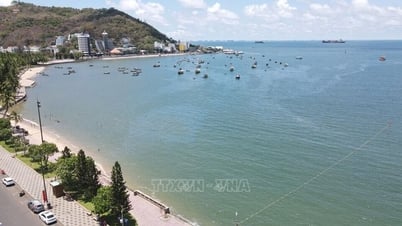






















Comment (0)